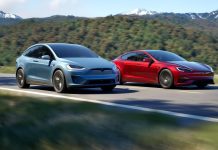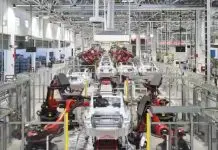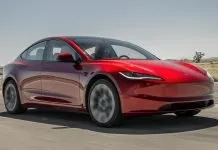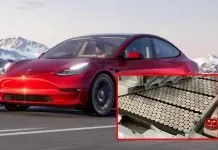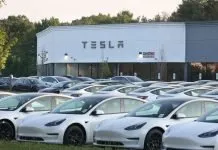Tesla has officially confirmed that it will raise the cost of the Model 3 and Model Y in the United States, starting in November 2025. The company has quietly added a notice on its site saying “Price Increase in November.” Although no specific numbers have been published yet, the relocation is another step towards readjusting, as Tesla must strike a balance between production costs, supply chain issues, and profit margins in response to changing market trends.
The announcement is made when Tesla has been actively revising the prices throughout the global markets, and the adjustment is part of the shifts in the material prices, the forces of competition, and the demand for its popular electric vehicles.
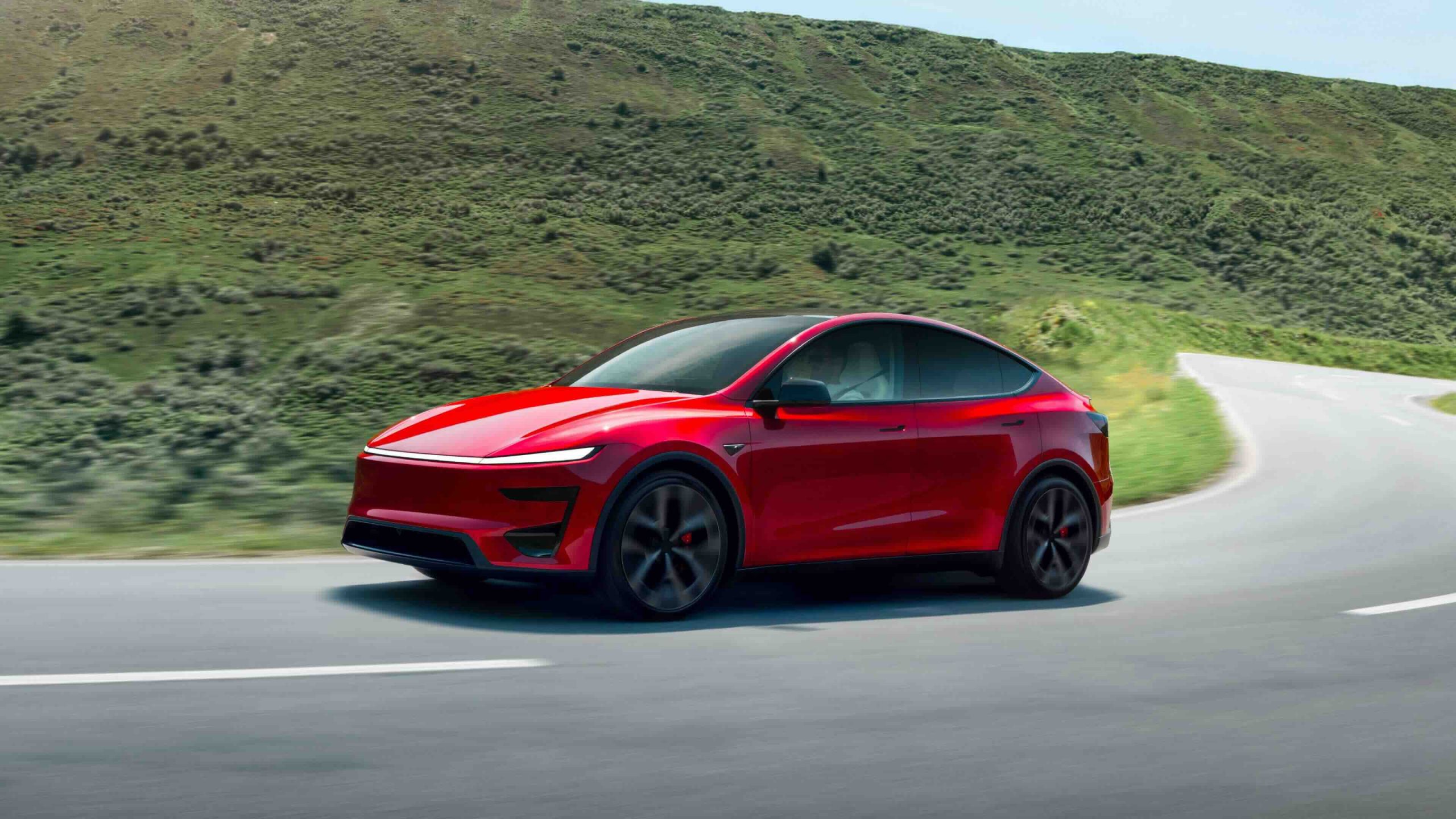
Current Pricing and Possible Increase
By October 2025, the Tesla Model 3 Standard Rear-Wheel Drive is priced at around $38,990, and the Model Y Standard is at least $42,990 in the U.S. Analysts predict that the new prices will be increased by between $1,000-$2,000, depending on the model.
In the past pricing cycles, Tesla has used small incremental increases as opposed to drastic increases. The pricing strategy used by the company has been dynamic, and there have been incidents where the company has made several adjustments within the same quarter in an attempt to remain competitive and profitable.
Given the notice timing, the potential buyers now have a limited time to secure the current prices before the November revision kicks in.
Why Tesla Is Raising Prices Again
There can be several factors leading to the price increment at Tesla:
- Increased Production and Material Costs: Global prices of major materials such as lithium, nickel, and aluminum have experienced a new wave of volatility in recent months. The production of Tesla batteries continues to be very reliant on these inputs, and any changes in prices can greatly impact the general manufacturing costs.
- Greater Labor and Shipping Costs: As its operations continue to expand in Texas and California, and the company still incurs logistics expenses, Tesla is experiencing greater domestic labor and shipping costs.
- Model Improvements and Software Additions: Tesla has been making numerous hardware and software improvements on its vehicles in the last year, such as better sensors in the Autopilot system, faster infotainment, and manufacturing tweaks. Such improvements may also warrant an increased cost for the next batches.
- Stabilizing Margins: In 2024 and early 2025, Tesla will also resort to price cuts to catalyze demand as competition increases between Chinese EV manufacturers and traditional car manufacturers. The new rise could be part of the margin stabilization Tesla has to do to sustain its profitability without reducing the sales volume significantly.
Impact on Buyers
For consumers, the future increase in prices creates a sense of urgency and opportunity. Those who buy the product before November are able to save on the new high prices. The online configurator of Tesla does not show prices that have changed, and the clients can reserve cars at the current prices.
This strategy can also be a short-term induction of demand. Historically, Tesla’s pre-announced price increments have caused a rush of orders with the adjustment date, with customers having to seek to enjoy reduced prices.
Nevertheless, the fluctuation in the price of Tesla can be irritating to some of the prospective buyers who would want to ensure a reliable price. The constant changes render the planning of purchases cumbersome, as even the federal tax incentives, together with the state-level rebates, are constantly changing.





